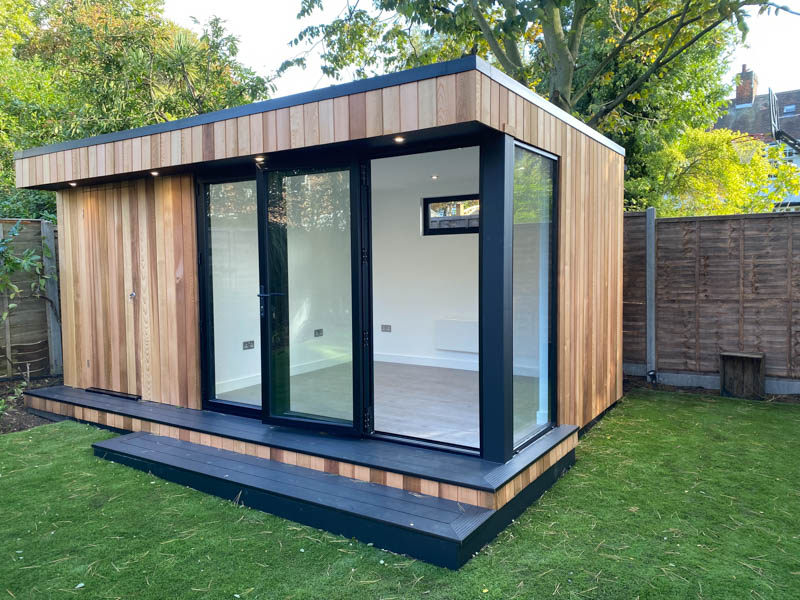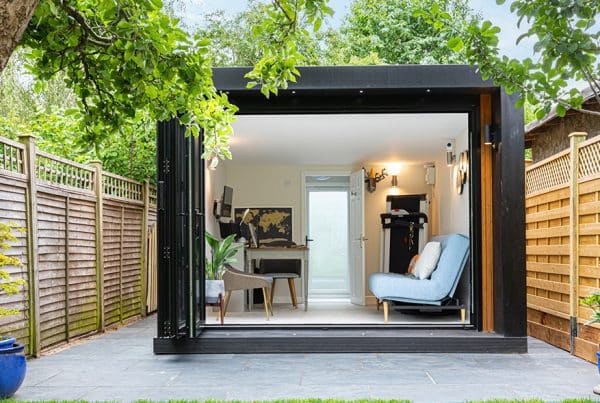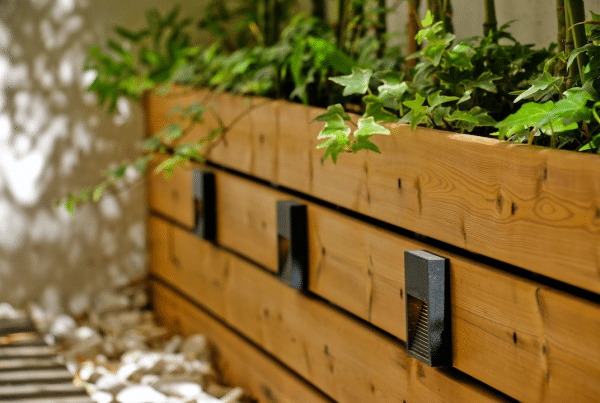Garden sheds are small outbuildings that are built to complement the main house. And as they are mostly situated in close proximity to a garden area, they can go from leisure spots to a storage sites for gardening equipment and any property spillovers from indoors, among other things.
These garden sheds can also be redesigned and retrofitted to become working spaces. And when they are well set up, they can provide a secure and comfortable workspace that can be employed in a vast array of occupations.
Whether you make music or drawings, there is a garden office shed for you. And if your work involves serious scutwork on workbenches or leaves a trail of paperwork on desks, these garden offices can fit the bill.
As they can be built from scratch, bought online, and installed in various designs and styles, they are becoming more popular with fans of remote work. In this article, we discuss many of the things that you may wish to know about a garden office shed.
They Are Designed For Year-Round Use
A typical garden office is designed and built nearly the same way you’ll build a regular house. This means they can be fitted with basic utilities like ventilation, electricity, heating, and insulation. The provision of the latter two translates to a building that will be just about as habitable in summer as it’ll be in winter. Because of their heating arrangement, you can use them at any time of the year.
Most garden office shed owners install portable free-standing radiators that can provide adequate heating to the shed. Others use timber products to frame the structure. And because it is a good insulator, you can enjoy warm and cozy mornings in the thick of winter without much worry. These garden sheds are not like summerhouses, where the prevailing weather conditions limit your visits to summertime.
They Can Be Prefabricated Or Built On-site
Garden office sheds are relatively light and portable structures, so they can be built and installed in multiple ways, one of which is through prefabrication. This means they can be built away from the site and transported there, either as a whole or as a series of several parts.
The latter means that the shed can be fabricated as a series of separate components. From standalone floors to beam-column systems and a wall, they can be broken down into individual components.
These components(construction members) can then be transported to the site and assembled to get the right configuration. They may come with screws and bolts that can join their individual parts together, such as a wall of windows and a roof frame.
Alternatively, they can be built-to-type in a manufacturing yard and transferred in one piece to the site. Lastly, they can be built on-site, from their foundations to the finishing. This makes them rank highly among the most flexible construction projects to take on.
They Come In Various Styles
For one thing, garden offices can be built using many materials found in regular houses. This means that they can take any shape you want them to, even as they can be custom-built to any specific customer specifications. You can ask for a concrete floor with wooden walls and round it off with a roof truss system.
Alternatively, you can ask for a garden shed predominantly built with timber or metal studs. Their flexibility and ease of construction make this possible. And as they rely on bolts, screws, and other connectors to join their parts, you can choose various designs to match your taste. You may opt for high-pitched or flat roofs or choose from options of drywalls or more permanent walls.
You May Not Require Planning Permits To Build Them
Garden sheds are mostly small enclosures, so they will not need a lot of supplies or serious equipment to build. They fall under the coverage of permitted development, and the rules are a little more relaxed for structures in this category.
This implies that you don’t necessarily have to meet with the local building authority to seek permission before building them. They will not have their personnel come over to inspect or evaluate the quality of materials used on site.
This doesn’t mean that you should avoid carrying out your due diligence. You can still stop by their office and make the necessary inquiries, and you should get the green light in no time. They may only go as far as to tell you the principles that should guide your construction.
They will possibly make recommendations about how far the roof’s pitch can go or how tall the building can be. They may also specify the permissible distance from the road boundaries or nearby landmarks to the shed’s building line.
They Provide A Comfortable And Stimulating Work Environment
Garden office sheds offer a more comfortable alternative to the scrape and strain of the traditional workplace experience. They provide an avenue to engage in work from the comfort of your shed. And because of this, they make work less stressful and more enjoyable.
The result is a more productive output, for the most part, helped in no small part by the relaxed and serene working conditions that it provides.
You can take up nearly all types of work in a quality-made shed and design the space to fit your work requirements. You can install routers and create a video conference area. Or you can design a small workstation and engage in any task-specific activities. Whichever you settle for, you’ll find the perfect conditions that suit you properly and spur you to action.
In A Nutshell
Garden office sheds offer the flexibility that comes with working on your own terms and at your set pace. They can come in various designs and sizes, offering some benefits that make them a staple of the remote work community.
This article discusses some important facts that have to do with them, and they can make you better informed on the subject.








